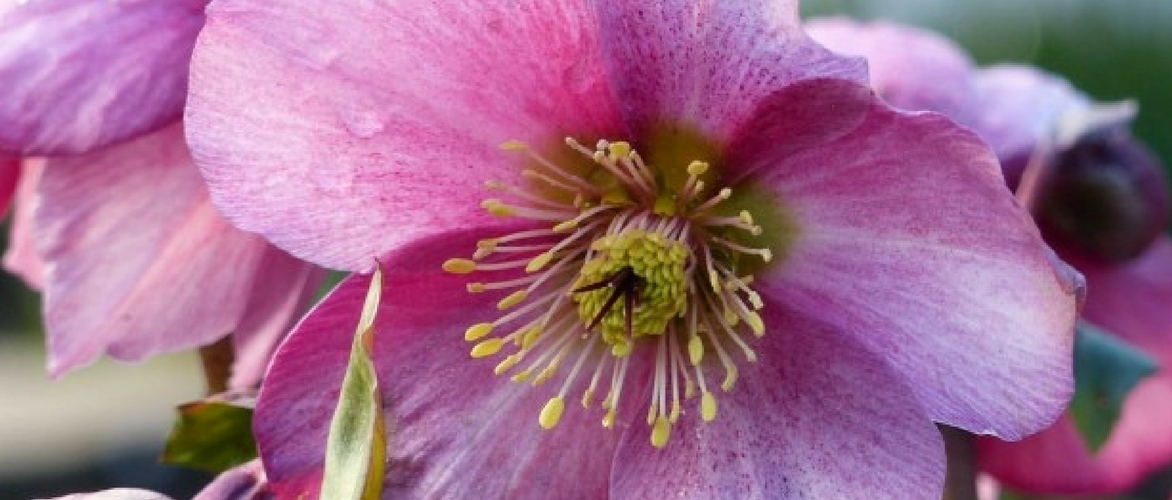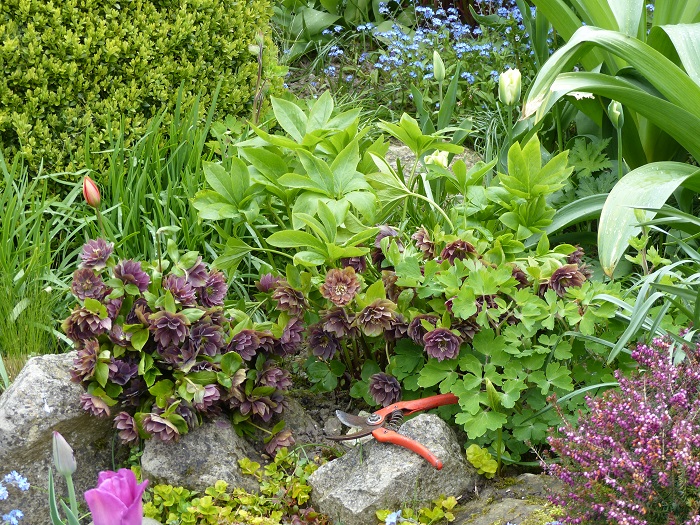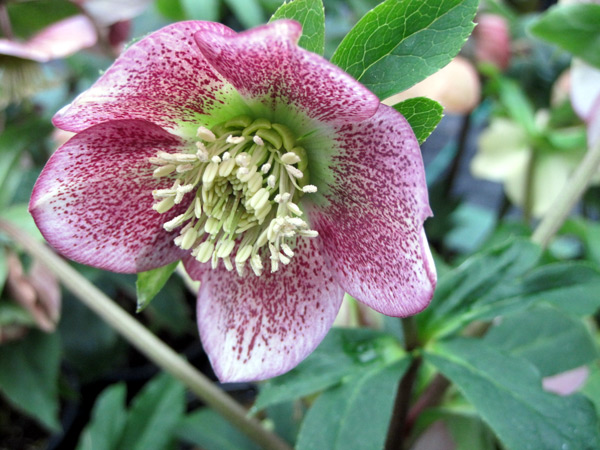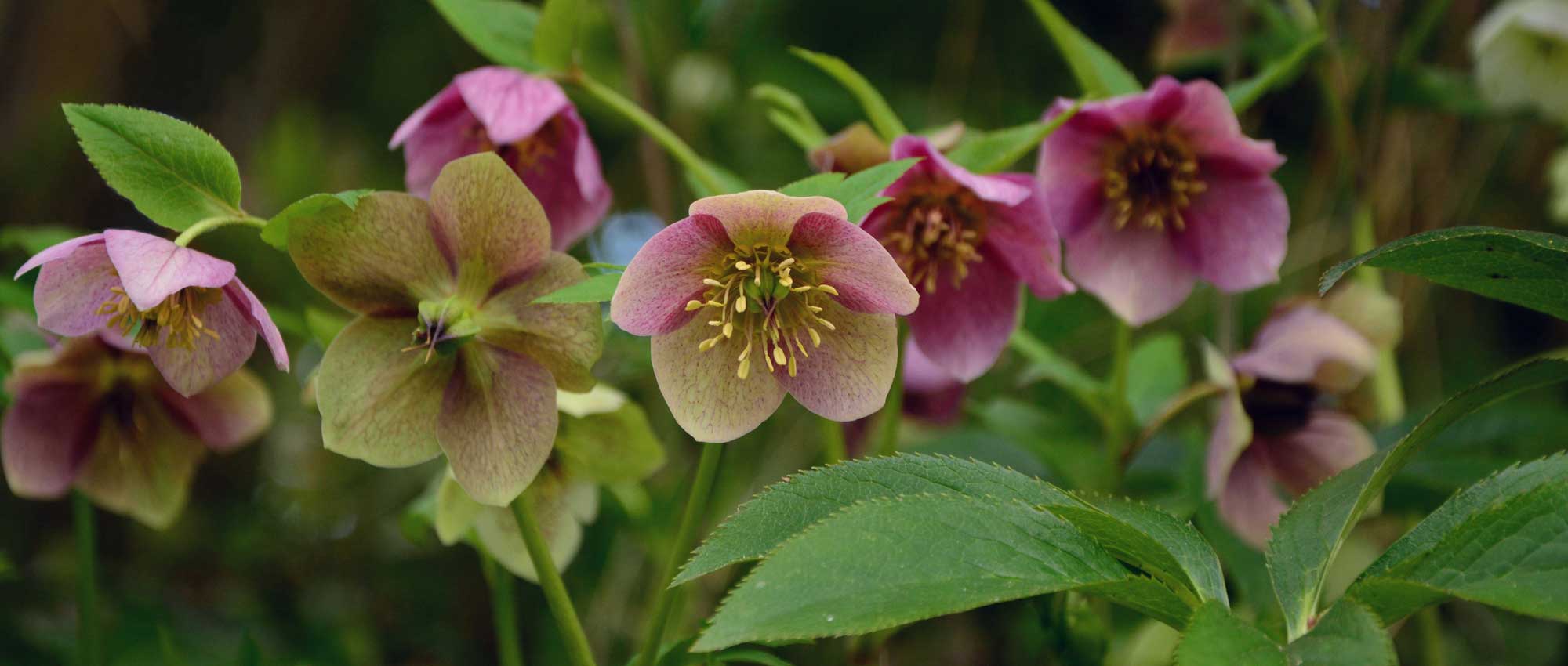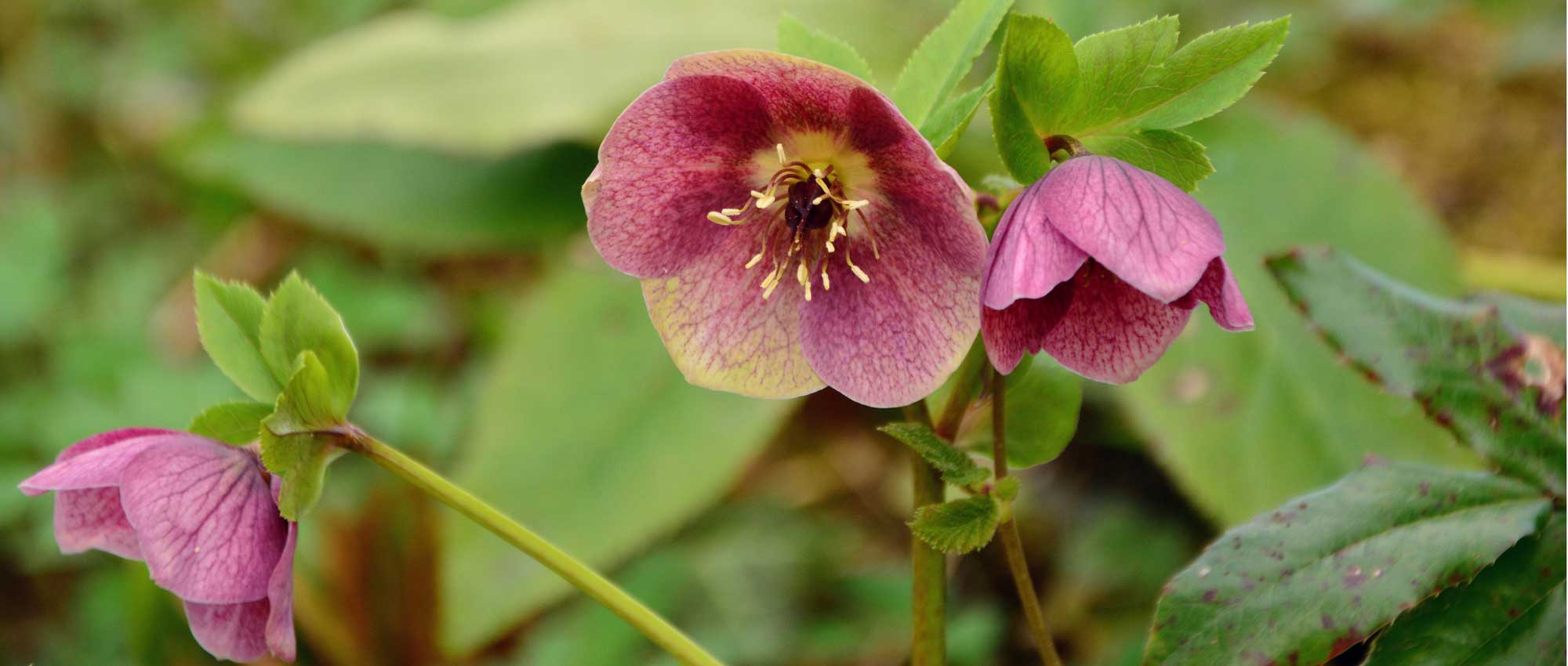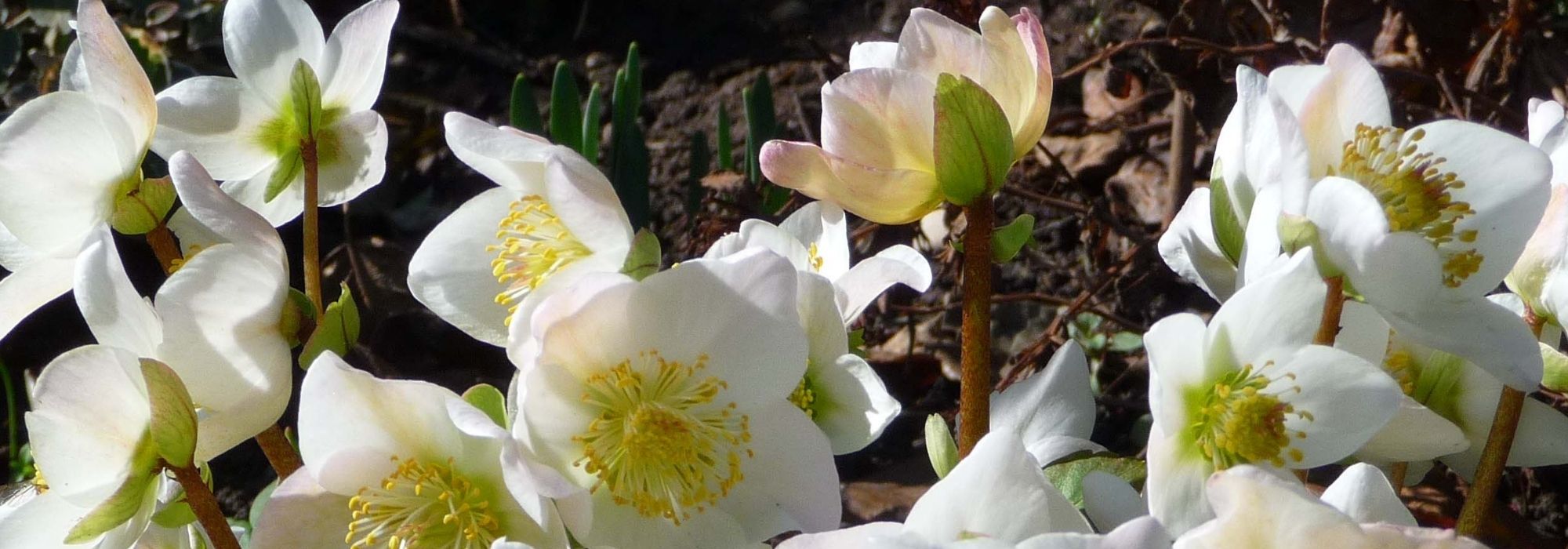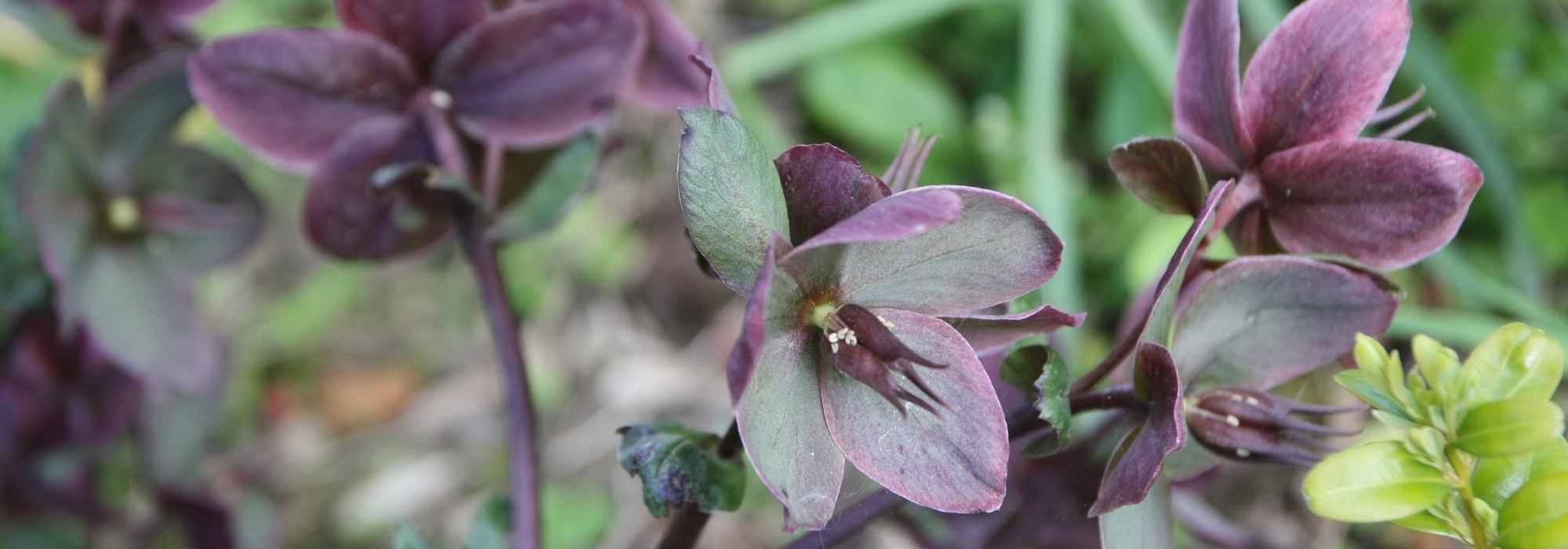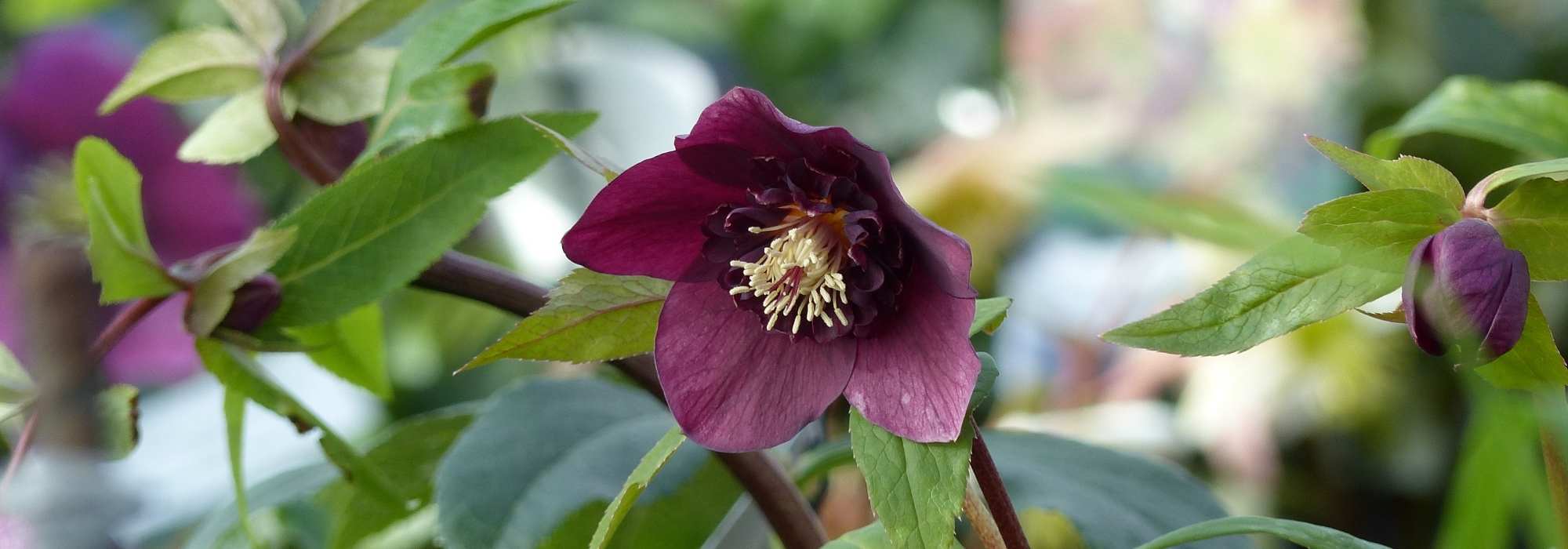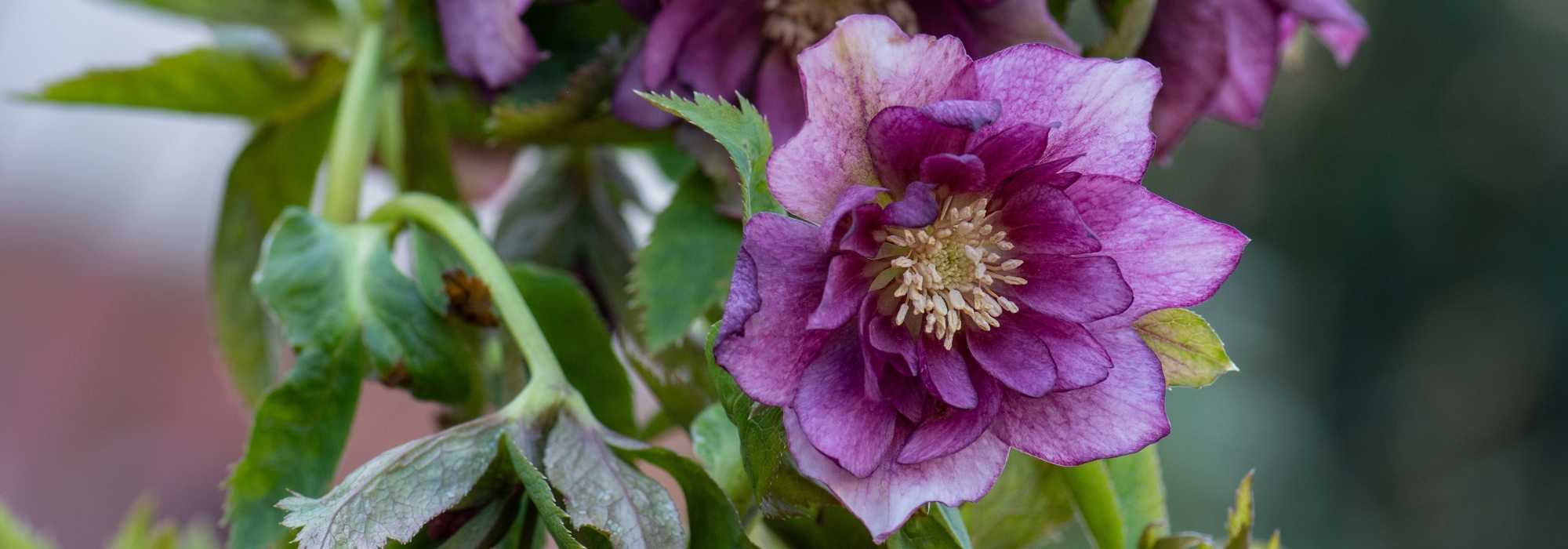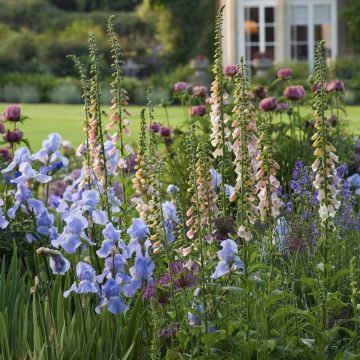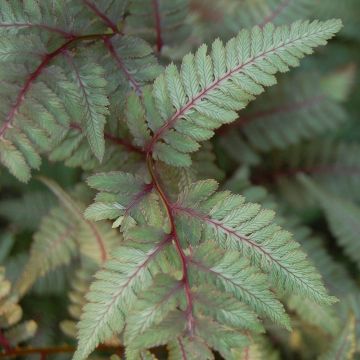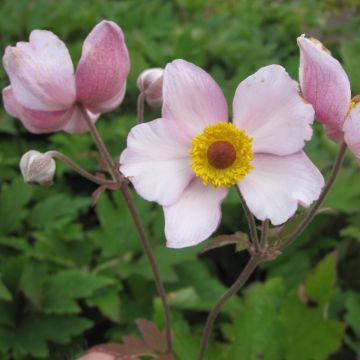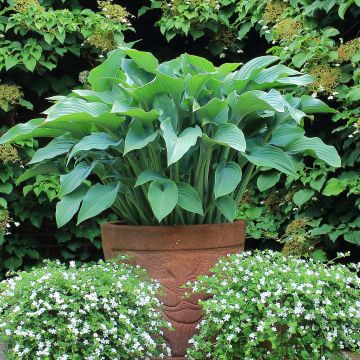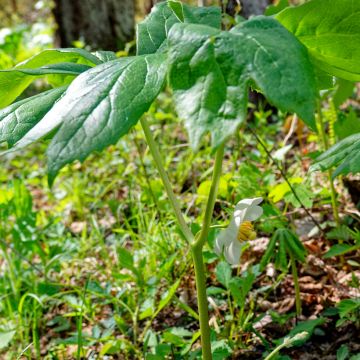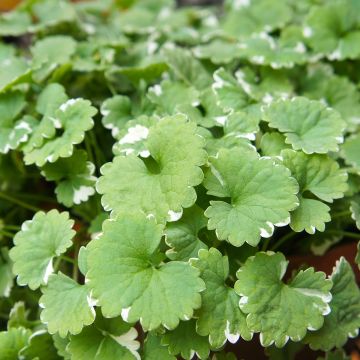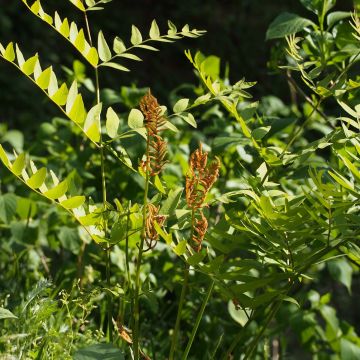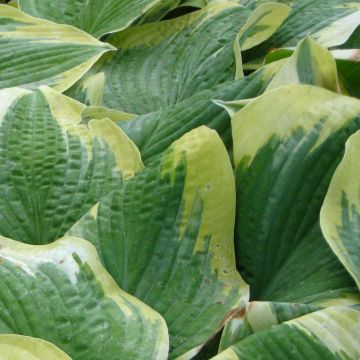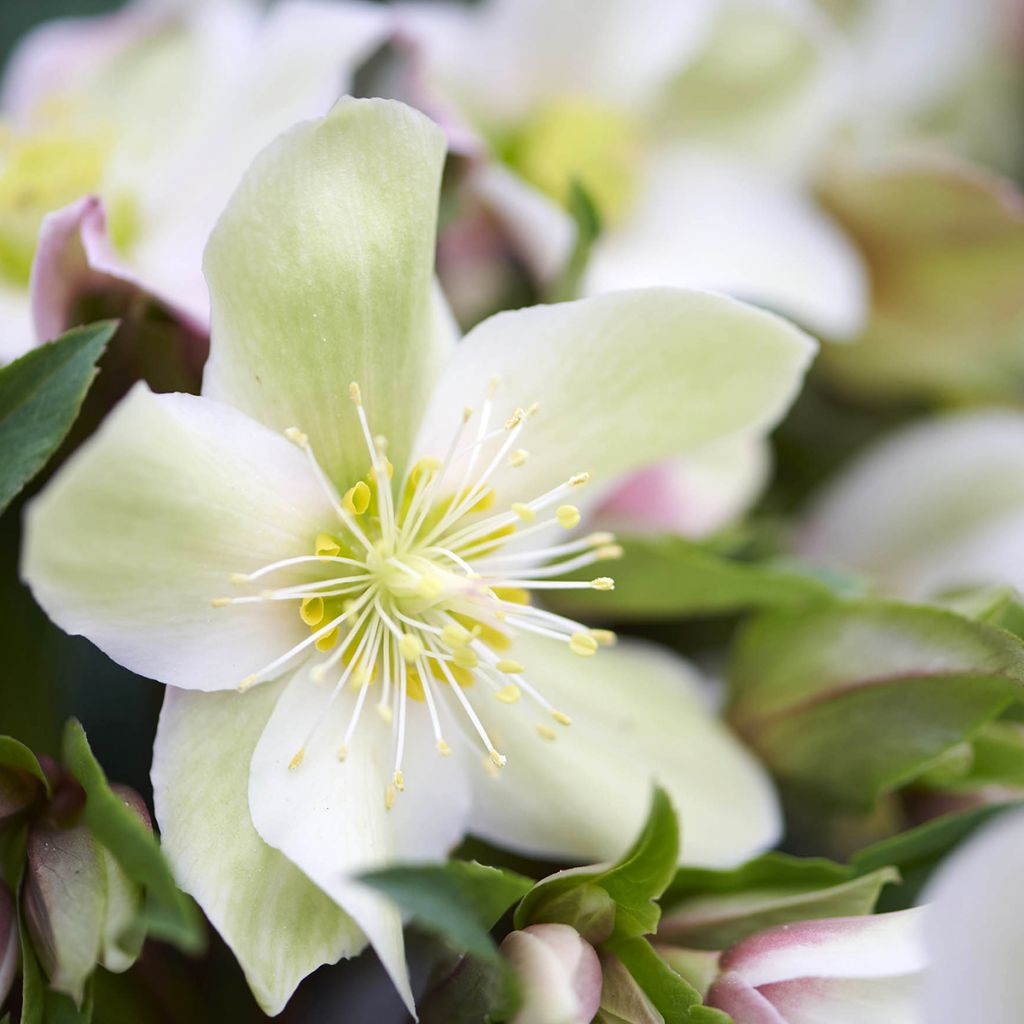

Helleborus hybridus (orientalis) ViV 'Wanda'
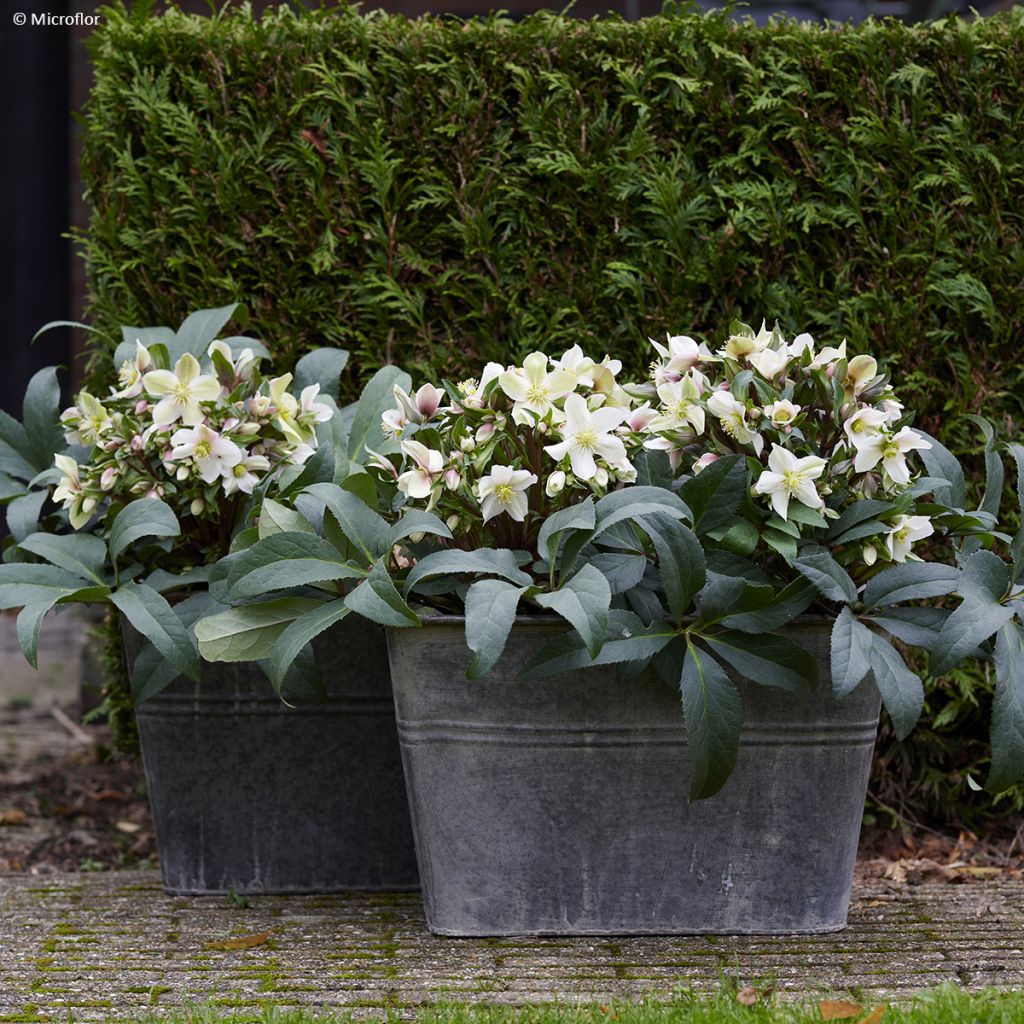

Helleborus hybridus (orientalis) ViV 'Wanda'
Helleborus hybridus (orientalis) ViV 'Wanda'
Helleborus x hybridus (orientalis) ViV® Wanda
Lenten Rose, Oriental Hellebore
Special offer!
Receive a €20 voucher for any order over €90 (excluding delivery costs, credit notes, and plastic-free options)!
1- Add your favorite plants to your cart.
2- Once you have reached €90, confirm your order (you can even choose the delivery date!).
3- As soon as your order is shipped, you will receive an email containing your voucher code, valid for 3 months (90 days).
Your voucher is unique and can only be used once, for any order with a minimum value of €20, excluding delivery costs.
Can be combined with other current offers, non-divisible and non-refundable.
Home or relay delivery (depending on size and destination)
Schedule delivery date,
and select date in basket
This plant carries a 12 months recovery warranty
More information
We guarantee the quality of our plants for a full growing cycle, and will replace at our expense any plant that fails to recover under normal climatic and planting conditions.
Would this plant suit my garden?
Set up your Plantfit profile →
Description
The Oriental Hellebore Viv 'Wanda' is a vigorous variety with a long autumn and winter flowering period. Blooming from November onwards, this Lenten Rose produces large single flowers that are initially white, turning pink before fading. It is a robust and hardy perennial that can grow easily in all regions, even in heavy soil. It will be perfect in mixed borders alongside other shade-loving plants. Plant it on the edge of deciduous trees, where it will flower at the base in autumn.
The Hellebore (or Christmas Rose) Wanda is a member of the Ranunculaceae family, which includes around sixty genera and approximately 2500 species. Helleborus orientalis is native to Greece, Turkey, and the central and eastern Caucasus. It is a perennial plant that readily hybridises with other species, resulting in various colours and forms of hybrids. As a result, these hybrids are rarely given specific names and are instead distinguished by their shape and colour characteristics. The hybrid Hellebore is a hardy plant that can tolerate temperatures as low as -15°C, naturally growing in forests, thickets, and clearings up to 2,000 m altitude.
The cultivar 'Wanda' is a Belgian selection of an extensive collection of selected Viv hybrids known for their compactness and floriferousness. While 'Wanda' offers a long flowering period, it is also one of the largest varieties, forming a clump that reaches 55 to 60 cm in height and 45 cm in width. It thrives in the light shade of deciduous trees or even in denser shade, such as that provided by conifers. Its foliage consists of palmate, slightly dentate basal leaves that are dark green and glossy. These leaves are evergreen in winter, although they only live for eight months and are regularly replaced by new leaves.
'Wanda' blooms in autumn and winter, from November to February, bringing light to the often dark skies. Its single flowers have five well-spaced petals with a rounded tip that slightly curves upwards, forming a wide cup. They are cream-white, sometimes subtly tinged with pale green. A bouquet of white stamens occupies the centre, with their yellow anthers being visually inconspicuous, except when the corolla starts to turn pink before fading. This ever-changing flowering is perfectly highlighted against the dark backdrop of the foliage, creating a pleasant contrast. Hellebores do not like to be moved once established, and young shoots may occasionally take time to flower. Therefore, it is essential to carefully choose their location when planting.
This perennial will thrive under a leafy tree, which will allow the winter sun to shine through while protecting it from the intense summer sun.
Hellebores are essential perennial plants for enjoying flowers during the year's shortest days. You can plant this 'Wanda' variety alongside other perennials or shrubs with staggered flowering periods to enjoy year-round flowers or create a winter scene. Include some shrubs with colourful branches in your border, such as the Rubus thibetanus Silver Fern with white stems or the Cornus alba Siberian Pearls. This Dogwood has red mahogany wood. Similarly, add a tree with decorative bark to shade your scene, such as the Prunus maackii Amber Beauty or Manchurian Cherry, with its stunning coppery trunk from a young age. Scatter a few clumps of Snowdrops (Galanthus nivalis) here and there, and you will never consider winter as the "bad season" again.
Helleborus hybridus (orientalis) ViV 'Wanda' in pictures


Flowering
Foliage
Plant habit
Safety measures
Botanical data
Helleborus
x hybridus (orientalis)
ViV® Wanda
Ranunculaceae
Lenten Rose, Oriental Hellebore
Cultivar or hybrid
ingestion
Cette plante est toxique si elle est ingérée volontairement ou involontairement.
Ne la plantez pas là où de jeunes enfants peuvent évoluer, et lavez-vous les mains après l'avoir manipulée.
Pensez à conserver l'étiquette de la plante, à la photographier ou à noter son nom, afin de faciliter le travail des professionnels de santé.
Davantage d'informations sur https://plantes-risque.info
Planting and care
The ViV 'Wanda' Oriental Hellebore grows in any neutral to moderately chalky soil, or even slightly acidic, rich, light or clayey, in partial or light shade while sheltered from cold and dominant winds. South of the Loire, particular attention should be paid to avoiding direct sunlight during the hottest hours. This perennial can be planted from early autumn to spring. It thrives in deeply cultivated soil mixed with organic matter. To fertilise, use bone meal or another organic fertiliser. Water the plants well after planting and add a layer of mulch 2 to 5 cm thick. Regularly remove faded leaves to improve flowering. Ensure a planting distance of 30 to 40 cm between each plant to promote their development. The Hellebore does not tolerate stagnant water as it may cause rotting.
The stumps should not completely dry out in summer. Hellebores can be affected by a fungal disease transmitted by aphids, known as black spot disease. Remove any stained leaves when the flower buds appear. Remove faded flowers after the seed falls. They can also suffer from grey rot or die from crown rot. This often occurs due to poor growing conditions and excessive wetness.
Planting period
Intended location
Care
Planting & care advice
This item has not been reviewed yet - be the first to leave a review about it.
Similar products
Haven't found what you were looking for?
Hardiness is the lowest winter temperature a plant can endure without suffering serious damage or even dying. However, hardiness is affected by location (a sheltered area, such as a patio), protection (winter cover) and soil type (hardiness is improved by well-drained soil).

Photo Sharing Terms & Conditions
In order to encourage gardeners to interact and share their experiences, Promesse de fleurs offers various media enabling content to be uploaded onto its Site - in particular via the ‘Photo sharing’ module.
The User agrees to refrain from:
- Posting any content that is illegal, prejudicial, insulting, racist, inciteful to hatred, revisionist, contrary to public decency, that infringes on privacy or on the privacy rights of third parties, in particular the publicity rights of persons and goods, intellectual property rights, or the right to privacy.
- Submitting content on behalf of a third party;
- Impersonate the identity of a third party and/or publish any personal information about a third party;
In general, the User undertakes to refrain from any unethical behaviour.
All Content (in particular text, comments, files, images, photos, videos, creative works, etc.), which may be subject to property or intellectual property rights, image or other private rights, shall remain the property of the User, subject to the limited rights granted by the terms of the licence granted by Promesse de fleurs as stated below. Users are at liberty to publish or not to publish such Content on the Site, notably via the ‘Photo Sharing’ facility, and accept that this Content shall be made public and freely accessible, notably on the Internet.
Users further acknowledge, undertake to have ,and guarantee that they hold all necessary rights and permissions to publish such material on the Site, in particular with regard to the legislation in force pertaining to any privacy, property, intellectual property, image, or contractual rights, or rights of any other nature. By publishing such Content on the Site, Users acknowledge accepting full liability as publishers of the Content within the meaning of the law, and grant Promesse de fleurs, free of charge, an inclusive, worldwide licence for the said Content for the entire duration of its publication, including all reproduction, representation, up/downloading, displaying, performing, transmission, and storage rights.
Users also grant permission for their name to be linked to the Content and accept that this link may not always be made available.
By engaging in posting material, Users consent to their Content becoming automatically accessible on the Internet, in particular on other sites and/or blogs and/or web pages of the Promesse de fleurs site, including in particular social pages and the Promesse de fleurs catalogue.
Users may secure the removal of entrusted content free of charge by issuing a simple request via our contact form.
The flowering period indicated on our website applies to countries and regions located in USDA zone 8 (France, the United Kingdom, Ireland, the Netherlands, etc.)
It will vary according to where you live:
- In zones 9 to 10 (Italy, Spain, Greece, etc.), flowering will occur about 2 to 4 weeks earlier.
- In zones 6 to 7 (Germany, Poland, Slovenia, and lower mountainous regions), flowering will be delayed by 2 to 3 weeks.
- In zone 5 (Central Europe, Scandinavia), blooming will be delayed by 3 to 5 weeks.
In temperate climates, pruning of spring-flowering shrubs (forsythia, spireas, etc.) should be done just after flowering.
Pruning of summer-flowering shrubs (Indian Lilac, Perovskia, etc.) can be done in winter or spring.
In cold regions as well as with frost-sensitive plants, avoid pruning too early when severe frosts may still occur.
The planting period indicated on our website applies to countries and regions located in USDA zone 8 (France, United Kingdom, Ireland, Netherlands).
It will vary according to where you live:
- In Mediterranean zones (Marseille, Madrid, Milan, etc.), autumn and winter are the best planting periods.
- In continental zones (Strasbourg, Munich, Vienna, etc.), delay planting by 2 to 3 weeks in spring and bring it forward by 2 to 4 weeks in autumn.
- In mountainous regions (the Alps, Pyrenees, Carpathians, etc.), it is best to plant in late spring (May-June) or late summer (August-September).
The harvesting period indicated on our website applies to countries and regions in USDA zone 8 (France, England, Ireland, the Netherlands).
In colder areas (Scandinavia, Poland, Austria...) fruit and vegetable harvests are likely to be delayed by 3-4 weeks.
In warmer areas (Italy, Spain, Greece, etc.), harvesting will probably take place earlier, depending on weather conditions.
The sowing periods indicated on our website apply to countries and regions within USDA Zone 8 (France, UK, Ireland, Netherlands).
In colder areas (Scandinavia, Poland, Austria...), delay any outdoor sowing by 3-4 weeks, or sow under glass.
In warmer climes (Italy, Spain, Greece, etc.), bring outdoor sowing forward by a few weeks.






























